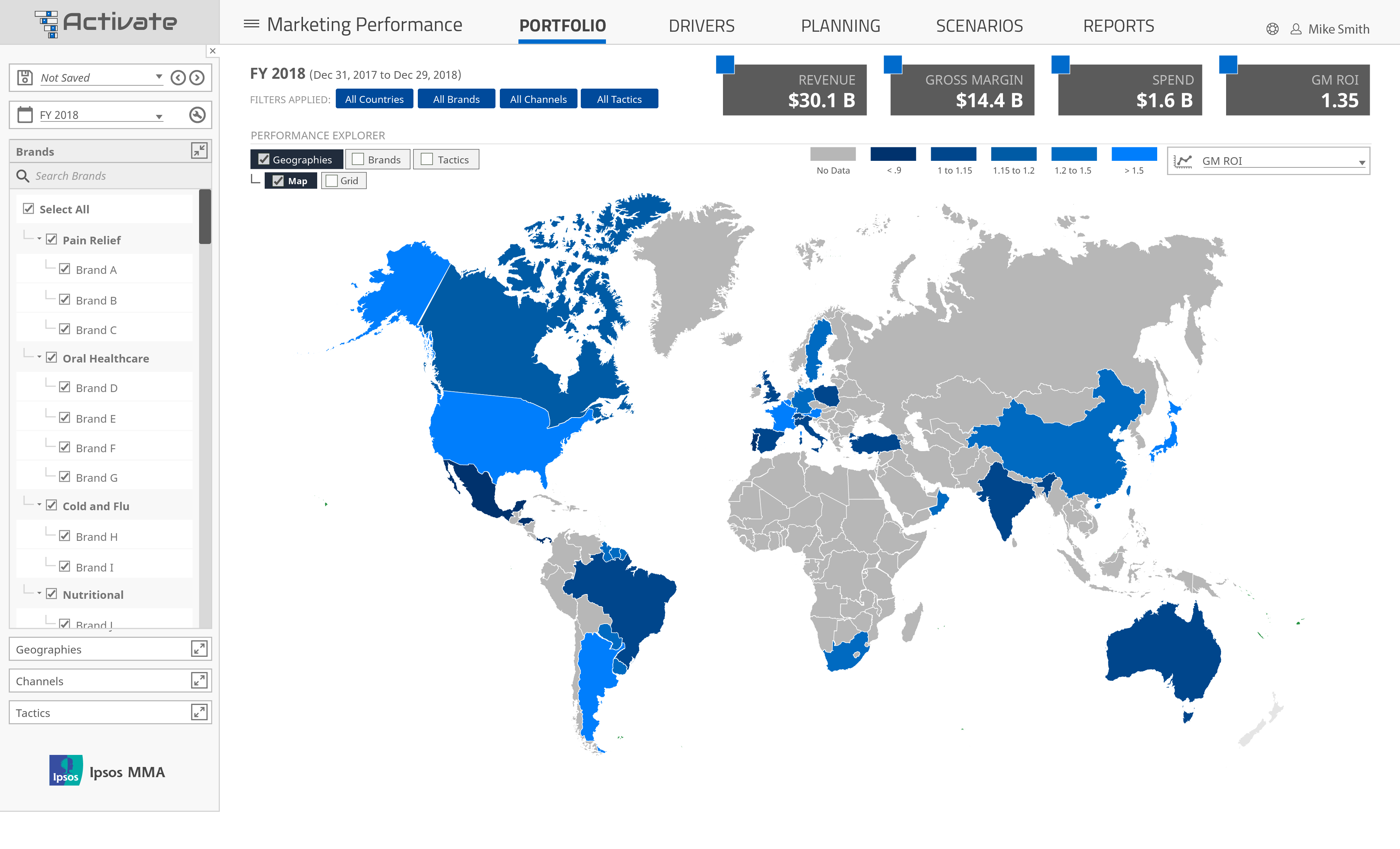Measure and Improve Sales Effectiveness
Given the overall investment associated with a salesforce and its importance to growing a business, measuring and optimizing the investment is critical for driving profitable growth, market share and competitive advantage. Because although more sales people typically means more sales, that’s not the only way, or even the best way, to increase sales revenue.
Staying ahead of competition and a rapidly changing marketplace requires executives to continuously evolve and optimize their sales force strategy – from training to F2F vs virtual, to call frequency, to messaging. To drive higher sales, companies with a significant sales force spend must not only optimize the size of their sales force, but also align the team’s efforts to focus on the most responsive and profitable opportunities, limiting efforts toward less profitable targets.
The Value of Sales Force Optimization
It is only with a holistic view of all business drivers including the salesforce, that companies can dive deeper to optimize sales strategy with results. These data driven insights, derived from Ipsos MMA’s Marketing Mix Modeling solution, fuels the opportunity to optimize the size, structure, alignment and programs at the territory, district and market level in an on-demand manner. Measurement also incorporates other key driving factors such as marketing, operations and other important business factors whose synergies may impact upon sales force activities.
The holistic component of this solution is unique as it helps companies move from silo-based planning, to developing integrated, agile marketing and sales plans that result in a net incremental benefit to the business. This capability enables decision makers to quickly respond to pressures from customers, competitors and a changing economy, while providing management with greater visibility and control over the salesforce.
Increased Productivity, Efficiency and Effectiveness
The value realized from marketing mix modeling is measured in tens to hundreds of millions of dollars (or more) in sales and profits across sales force driven clients. This approach is helping companies address critical business questions, including:
- What is the optimal size of the salesforce?
- How to optimally align sales reps by market or territory?
- How to take advantage of synergies between marketing and salesforce initiatives?
- What is the “next best action” to drive a desired behavior?
- What is the optimal sequencing of personal and non-personal communication?
- What is the optimal mix of in-person vs. virtual sales force activities?
- What is the impact of changing training, incentives and compensation?
- How does rep tenure and effectiveness impact territory performance?
- What will be the future sales impact of a change in the sales model?
Identifying the answers to these complex questions with predictive data analytics will not only drive greater value from your sales force and your customers, but access to enterprise-level decision making tools affords the agility and focus required to get ahead, and stay ahead, of your competition.


